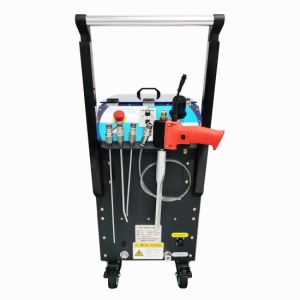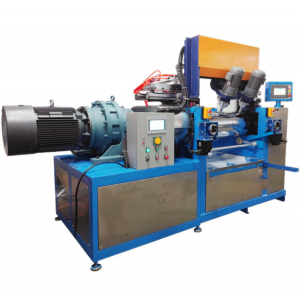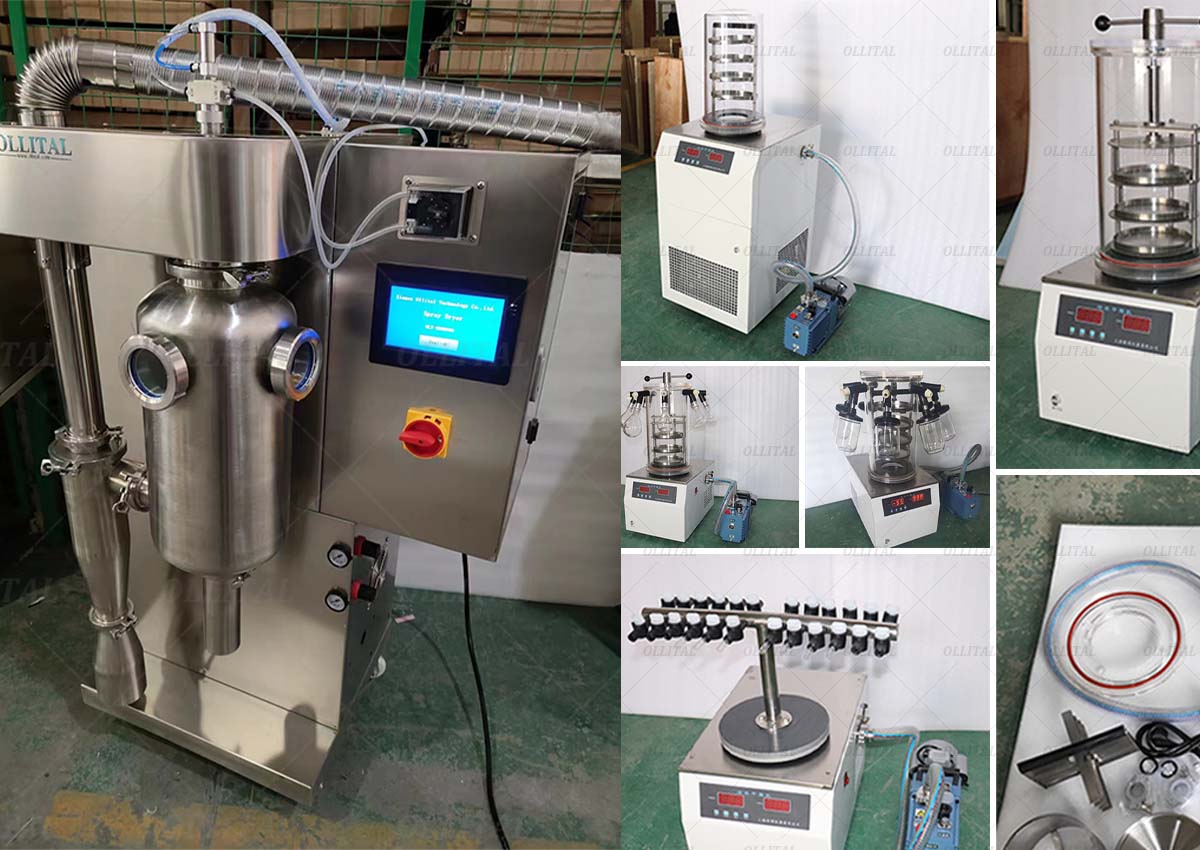Introduction: Spray drying is a widely used technique in the field of industrial drying that involves the conversion of liquids into solid powders. Among the various drying methods available, spray drying offers a unique set of features that make it a popular choice for diverse applications. This blog article aims to delve into the characteristics, advantages, and drawbacks of spray dryer equipment.
-
Atomization: One of the key features of spray dryers is atomization, where a liquid feed is broken down into small droplets, significantly increasing the surface area for rapid evaporation. This leads to efficient drying and a fine particle size distribution in the end product.
-
Versatility: Spray dryers can handle a wide range of feed materials, including solutions, emulsions, suspensions, and slurries. This versatility makes them suitable for producing various products such as powdered food, pharmaceuticals, detergents, and ceramics.
-
Rapid Drying: The large surface area-to-volume ratio achieved through atomization facilitates quick moisture removal, resulting in shorter drying times compared to other drying methods.
-
Particle Size Control: By adjusting the operating parameters such as inlet air temperature, feed rate, and atomization pressure, spray dryers offer good control over the particle size distribution of the final product.
-
Preserves Product Properties: Spray drying operates at relatively low temperatures, helping to retain the product's original flavor, aroma, color, and nutritional value. This is especially crucial for the food and pharmaceutical industries.
-
Improved Solubility: The fine particles produced by spray drying often exhibit enhanced solubility due to their increased surface area, making them suitable for applications where rapid dissolution is essential.
-
Easy Handling: Spray-dried powders are generally free-flowing and have good handling characteristics, reducing issues related to clumping and caking.
-
Scalability: Spray drying can be easily scaled up for industrial production, maintaining consistent product quality across different batch sizes.
Disadvantages of Spray Dryers:
-
Equipment Cost: Spray drying equipment can be expensive to purchase, install, and maintain. Initial investment costs can be a significant barrier for smaller businesses.
-
Energy Consumption: Achieving the desired moisture removal can require substantial energy input, contributing to higher operating costs.
-
Heat-Sensitive Materials: While spray drying works well for many materials, heat-sensitive compounds can undergo degradation or chemical changes due to the high temperatures involved.
-
Maintenance Complexities: The intricate design of spray dryer equipment can lead to maintenance challenges. Regular cleaning is necessary to prevent the buildup of residues and ensure product quality.
Conclusion: Spray dryers are a remarkable solution for transforming liquid feeds into dry powders with distinct advantages such as efficient drying, preservation of product properties, and easy handling. However, they come with downsides like high equipment costs and energy consumption. Choosing spray drying as a drying method should be based on a careful assessment of the specific product characteristics, production volume, and cost considerations.
SEND A MESSAGE:
WhatsApp: +8618030169616 Tel.: +86 18030169616(Only supports mobile phone dialing)
Email: Jackson@crtopmachine.com Skype: +8618030169616
Add.: Haicang District, Xiamen , Fujian , China.
 +86 18030169616
+86 18030169616 allen@crtopmachine.com
allen@crtopmachine.com










